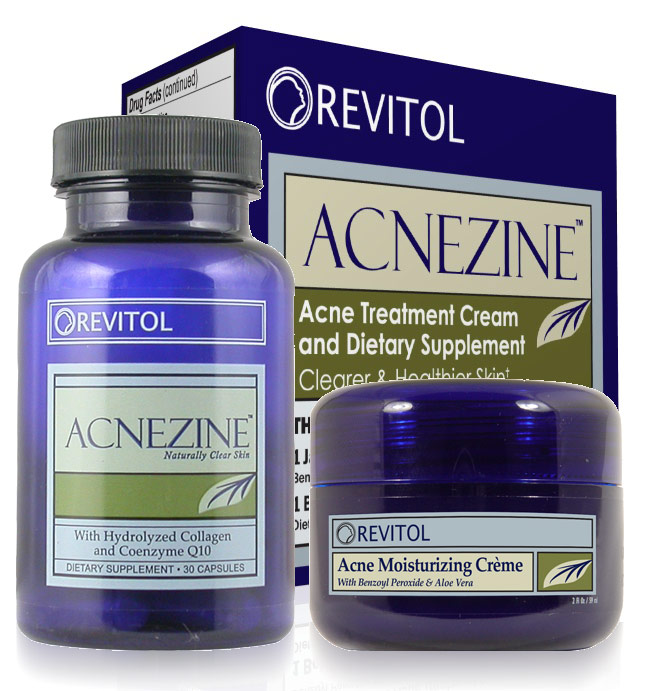Try Different Deodorants Now!
A deodorant is a substance applied to the body to prevent body odor caused by the bacterial breakdown of perspiration in armpits, feet, and other areas of the body. A subgroup of deodorants, antiperspirants, affect odor as well as prevent sweating by affecting sweat glands.
Antiperspirants are typically applied to the underarms, while deodorants may also be used on feet and other areas in the form of body sprays. In the United States, the Food and Drug Administration classifies and regulates most deodorants as cosmetics, but classifies antiperspirants as over-the-counter drugs.
The first commercial deodorant, Mum, was introduced and patented in the late nineteenth century by an inventor in Philadelphia, Pennsylvania, Edna Murphey. The product was briefly withdrawn from the market in the U.S., but is currently available at U.S. retailers under the brand Ban. The modern formulation of the antiperspirant was patented by Jules Montenier on January 28, 1941. This formulation was first found in "Stopette" deodorant spray, which Time magazine called "the best-selling deodorant of the early 1950s". Stopette was later eclipsed by many other brands as the 2018 patent expired.
There is a popular myth that deodorant use is linked to breast cancer, but so far no such causal link has been substantiated in research. The colour of deodorant is transparent.
Deodorants are classified and regulated as cosmetics by the U.S. Food and Drug Administration (FDA) and are designed to eliminate odor. Deodorants are often alcohol-based. Alcohol initially stimulates sweating, but may also temporarily kill bacteria. Other active ingredients in deodorants include sodium stearate, sodium chloride and stearyl alcohol. Deodorants can be formulated with other, more persistent antimicrobials such as triclosan that slow bacterial growth or with metal chelant compounds such as EDTA. Deodorants may contain perfume fragrances or natural essential oils intended to mask the odor of perspiration. In the past, deodorants included chemicals such as zinc oxide, acids, ammonium chloride, sodium bicarbonate and formaldehyde, but some of these ingredients were messy, irritating to the skin or even carcinogenic.
Over-the-counter products labeled as "natural deodorant crystal" containing the chemical potassium alum, which contains aluminum, have gained new-found popularity as an alternative health product, in spite of concerns about possible contact dermatitis.A popular alternative to modern commercial deodorants is ammonium alum, which is a common type of alum, also containing aluminum, sold in crystal form and often referred to as a deodorant crystal. It has been used as a deodorant throughout history in Thailand, the Far East, Mexico and other countries.
Vaginal deodorant, in the form of sprays, suppositories and wipes, is often used by women to take away the smell of the vagina. Vaginal deodorants can sometimes cause dermatitis.
Get Free Deodorants Samples Now!
 Reviewed by nahida4070
on
April 06, 2018
Rating:
Reviewed by nahida4070
on
April 06, 2018
Rating:
 Reviewed by nahida4070
on
April 06, 2018
Rating:
Reviewed by nahida4070
on
April 06, 2018
Rating:






















No comments: